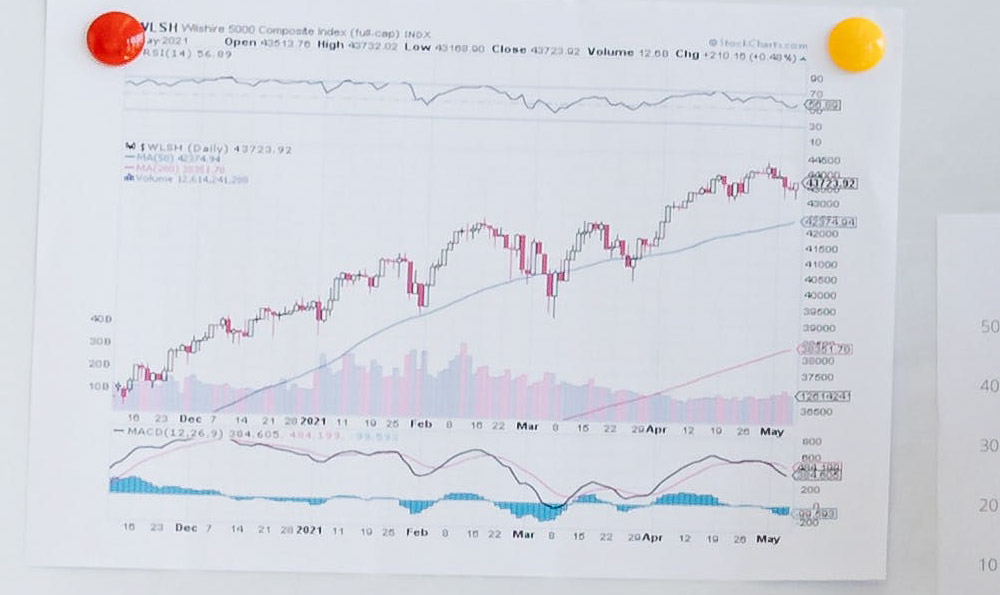How Did The Vanderbilts Build Their Fortune, and What Impact Did It Have?
The Vanderbilt family’s ascent to immense wealth, primarily during the 19th century, offers a compelling case study in understanding the dynamics of innovation, risk-taking, and adaptation within the capitalist system. While a direct translation of their strategies to the volatile world of cryptocurrency is impossible, certain core principles remain strikingly relevant for navigating the digital asset landscape. The Vanderbilts, led by the patriarch Cornelius Vanderbilt, built their fortune on shrewd observations of emerging markets, decisive action, and a willingness to disrupt established norms, much like the early adopters who have profited handsomely from cryptocurrencies.
Cornelius Vanderbilt, initially involved in the shipping industry, displayed an uncanny ability to anticipate shifts in demand and technology. He recognized the limitations of sail power and invested heavily in steamships, eventually dominating the New York harbor and then expanding his operations along the Atlantic coast. His vision wasn't just about owning ships; it was about creating a comprehensive transportation network that provided speed, efficiency, and reliability – qualities that resonated deeply with a burgeoning commercial class. This focus on building infrastructure and providing essential services is a valuable lesson for cryptocurrency investors. Instead of simply chasing hype, a more sustainable approach involves identifying projects that address real-world problems, build robust platforms, and foster genuine user adoption. Consider layer-2 scaling solutions aiming to reduce transaction fees on the Ethereum network, or decentralized storage solutions seeking to replace centralized cloud providers. These projects, while perhaps less glamorous than meme coins, possess the potential for long-term value creation.
The Vanderbilts' transition from shipping to railroads represents another pivotal moment. Vanderbilt recognized that railroads were the future of transportation, capable of moving goods and people across vast distances with unprecedented speed and efficiency. He strategically acquired smaller railroad lines, consolidating them into larger, more profitable entities, ultimately controlling a significant portion of the nation's rail network. This illustrates the power of consolidation and market dominance, concepts applicable to the cryptocurrency space. Identifying undervalued assets or projects with strong potential for growth and acquiring them strategically can lead to substantial gains. This could involve investing in promising new blockchains, acquiring significant stakes in decentralized applications (dApps), or participating in governance tokens of established decentralized finance (DeFi) platforms. However, it is crucial to conduct thorough due diligence, assessing the long-term viability of the project, the strength of the team, and the potential for future adoption.

Vanderbilt’s success wasn't solely based on identifying opportunities; it was also rooted in his ruthless business tactics. He was known for aggressive pricing strategies, cutting corners, and engaging in competitive battles to eliminate rivals. While such tactics are often viewed negatively from a modern ethical standpoint, they highlight the importance of understanding market dynamics and competitive pressures. In the cryptocurrency world, this translates to being aware of regulatory changes, the emergence of competing projects, and the potential for market manipulation. For example, understanding how whale activity can influence price movements or how regulatory crackdowns can impact specific cryptocurrencies is crucial for making informed investment decisions.
The impact of the Vanderbilt fortune was multifaceted. On the one hand, it fueled economic growth by facilitating trade and transportation, contributing to the industrialization of America. On the other hand, it exacerbated wealth inequality, contributing to the social and economic tensions of the Gilded Age. The family's philanthropic endeavors, while significant, were often seen as attempts to mitigate criticism of their business practices. The cryptocurrency space, similarly, faces scrutiny regarding its environmental impact, its potential for illicit activities, and its role in widening the wealth gap. Investors should be mindful of these criticisms and strive to support projects that promote ethical and sustainable practices. This could involve investing in environmentally friendly blockchains, supporting initiatives that promote financial inclusion, or advocating for responsible regulation of the cryptocurrency market.
Furthermore, the Vanderbilt family's experience serves as a cautionary tale about the dangers of complacency. While the family amassed immense wealth, subsequent generations often failed to adapt to changing economic conditions and technological advancements. The family’s decline illustrates the importance of diversification and continuous innovation. In the cryptocurrency world, this means not relying solely on one or two cryptocurrencies, but rather diversifying your portfolio across different asset classes and continuously researching new and emerging technologies. The landscape is constantly evolving, and failing to adapt to these changes can lead to significant losses. Actively participating in the community, staying informed about the latest developments, and being willing to adjust your investment strategy as needed are essential for long-term success.
Finally, understanding the historical context is vital. The Vanderbilts operated within a specific legal and regulatory framework, which shaped their business decisions and influenced their impact. The cryptocurrency world is currently operating in a rapidly evolving regulatory environment, with governments around the world grappling with how to classify and regulate digital assets. Staying informed about these developments and understanding their potential impact on your investments is crucial. Ignoring regulatory risks is akin to ignoring the weather forecast when planning a voyage – it can have devastating consequences.
In conclusion, while the Vanderbilt fortune was built in a vastly different era, the principles of identifying emerging markets, taking calculated risks, adapting to change, and understanding market dynamics remain relevant for cryptocurrency investors. By studying the Vanderbilt family's history, we can glean valuable insights into the dynamics of wealth creation, the importance of adaptability, and the need for ethical considerations in the pursuit of financial success. Remember that careful research, a long-term perspective, and a commitment to responsible investing are crucial for navigating the complexities of the cryptocurrency market and achieving lasting financial growth. The lessons learned from the Vanderbilts are not about replicating their tactics, but about understanding the underlying principles that drove their success and applying them to the unique challenges and opportunities of the digital age.














